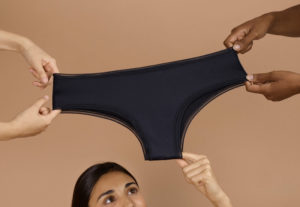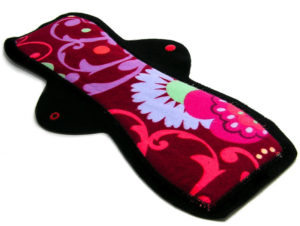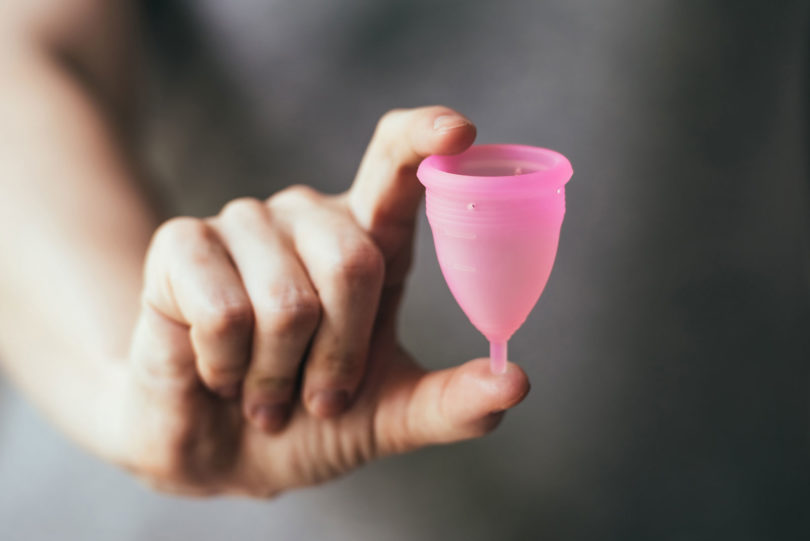According to some estimates, a woman throws away almost 300 pounds of tampons, pads or applicators each year she has her period. Over a lifetime, that can result in over 62,000 pounds of garbage created thanks to the crimson tide.
Luckily, new alternatives to tampons and pads are helping ladies give Mother Nature a break. If you are looking for a tampon alternative to reduce how much waste you create (and lower your risk for toxic shock syndrome), check out these three options.
Menstrual Cups
The most popular eco-friendly alternative to tampons is menstrual cups. These silicone cups are rolled up and inserted into the vagina, where they then expand. When placed correctly, the cups are leak-proof, can hold all your flow even on heavy days and only need to be changed twice a day. They are easy to wash with soap and water.
The cups are cost-effective, too, at just $30 to $40 each and can be used for up to 10 years, preventing hundreds of tampons, panty liners and packaging from going into landfills. The cups also carry a much lower risk of toxic shock syndrome than tampons.
Thinx Underwear
 Newer to the green menstrual scene are Thinx underwear. These specially designed panties capture menstrual blood with no leaks, no bulky pads and no need for tampons. They come in different styles, from hiphuggers to thongs, and hold up to two regular tampons’ worth of flow. The fabric is designed to fight bacteria and, since they are outside your body, don’t present a risk for toxic shock syndrome.
Newer to the green menstrual scene are Thinx underwear. These specially designed panties capture menstrual blood with no leaks, no bulky pads and no need for tampons. They come in different styles, from hiphuggers to thongs, and hold up to two regular tampons’ worth of flow. The fabric is designed to fight bacteria and, since they are outside your body, don’t present a risk for toxic shock syndrome.
You should rinse the underwear with cold water after every use, then toss them in the laundry (with no bleach or fabric softener). They can be reused with every period, meaning less environmental waste. However, there’s a hefty start-up cost of $24 to $39 per pair. Still, grabbing a few pairs can help you reduce how much trash you create, and the company donates a portion of each purchase to make reusable pads for women in Africa.
Cloth Pads
 If you are down with rinsing out your underwear, but not up for spending so much on Thinx, consider cloth menstrual pads. Cloth pads can be washed, have a waterproof lining to prevent leaks and present no risk of toxic shock syndrome. You can often get four or more pads for just $25, and they come in fun patterns. The pads snap into place (no more glue in sensitive areas) and are made of breathable cotton. It may take some time to find the right eco-friendly menstrual product for you, but in the end Aunt Flo and Mother Earth will both be happier.
If you are down with rinsing out your underwear, but not up for spending so much on Thinx, consider cloth menstrual pads. Cloth pads can be washed, have a waterproof lining to prevent leaks and present no risk of toxic shock syndrome. You can often get four or more pads for just $25, and they come in fun patterns. The pads snap into place (no more glue in sensitive areas) and are made of breathable cotton. It may take some time to find the right eco-friendly menstrual product for you, but in the end Aunt Flo and Mother Earth will both be happier.



